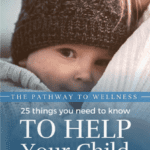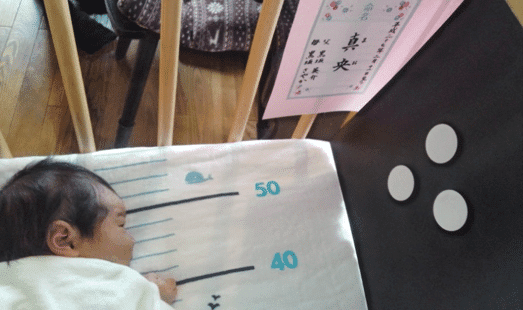The Pathway to Excellence: Mobility
What You Need to Know
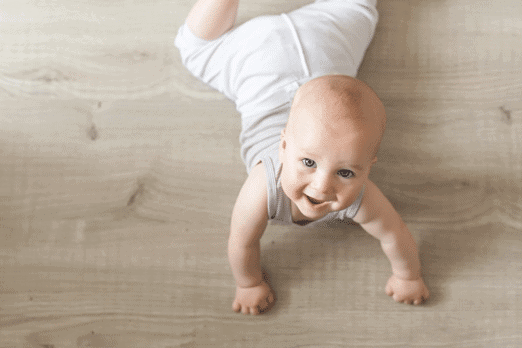
Movement is basic to life
For all creatures, movement is fundamental and basic to survival. The newborn baby has been moving in utero for the better part of nine months. Once the baby arrives it is vital to provide an environment in which the baby can continue on this mobility journey.
Babies and young children need to move as much as possible
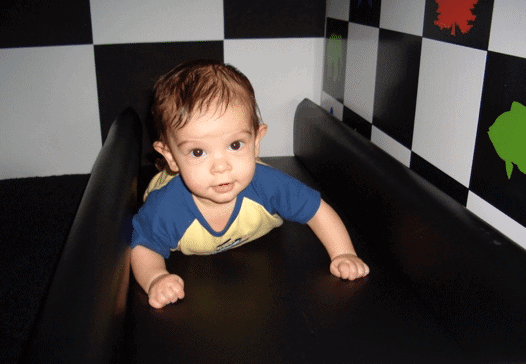
The average newborn baby has less than five minutes a day to move independently before birth he had 24 hours a day to move whenever he wanted to do so. Make time for your baby to move as often as possible throughout the day.
It is vital to provide an ideal environment for your child to move
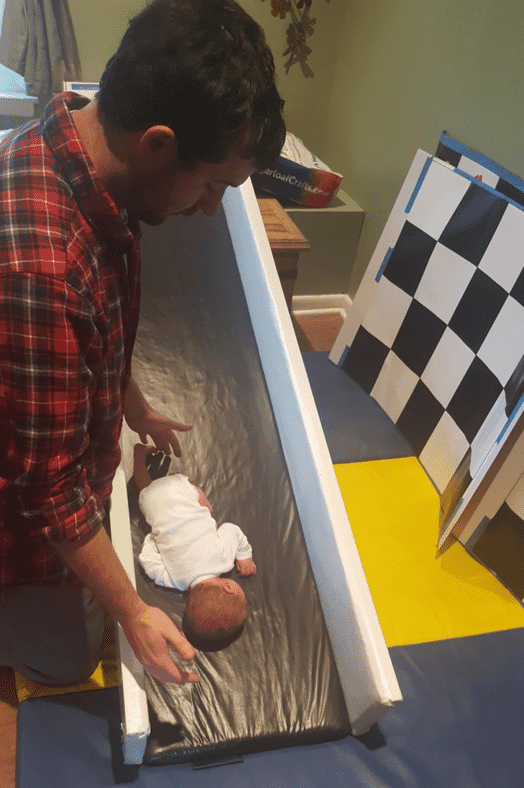
Before birth the baby is in an environment that is warm and safe to move in anytime the baby wants to do so. After birth the baby needs to have a playing field that is warm and safe and smooth to make it easy to move. A baby crawling track made just for the baby is ideal.
To move properly a baby must be on his belly, not on his back
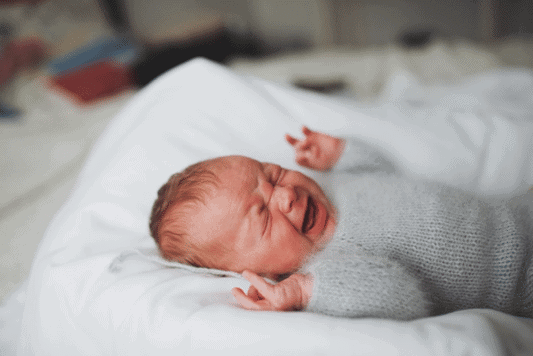
When the tiny baby is placed on his back he cannot move no matter how hard he tries. The longer the baby stays on his back the more the baby will be convinced that movement is not possible. When the baby is placed on his belly he will begin to make little experiments in movement to see what he can achieve. He will work hard to move his arms and legs. This will be very good for the baby.
Sitting is the absence of motion—it is not a productive developmental stage of mobility
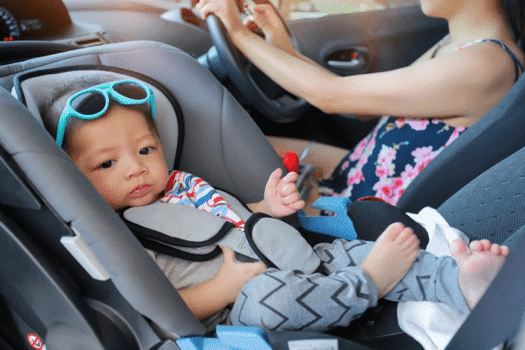
Being able to sit is a by-product of being able to move. Modern life forces the baby to sit all the time – in the car seat, in the stroller, or in the high chair. The baby learns most from moving and exploring the environment – he breathes better, uses his vision more and gets physically stronger. This does not happen when he is sitting.
Any device that restricts or inhibits movement can be harmful to a child

Unfortunately, we have invented a host of devices for our babies. Play pens, walkers, swings, back packs, and strollers to name a few. These devices have one thing in common – they prevent or restrict mobility. The baby needs to be free to move as much as possible. Some of these devices can be quite dangerous if the baby is not supervised every second.
The development of mobility is an orderly sequence
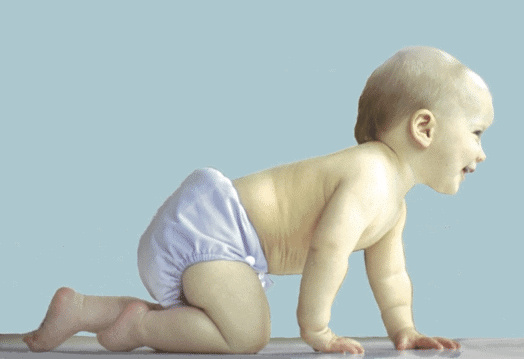
If you watched a baby from the moment of awakening until falling asleep at night, and wrote down each thing the baby did there would surely be hundreds of observations on your list. But, are each of these things of equal importance? Surely not. The important question is – what are the things the baby must do to develop fully and correctly? This was our primary search a half a century ago. That search yielded the discovery that crawling on the belly results in creeping, creeping results in walking, and walking results in running. This is the orderly way in which the brain develops. When the baby goes through each of these levels of mobility fully this will result in a better organized brain.
Movement increases oxygen to the brain
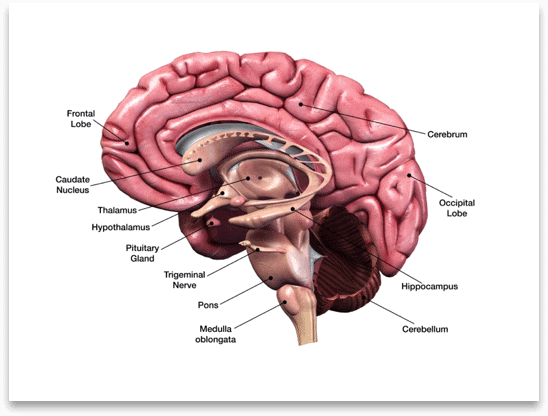
Oxygen is the primary food of the brain. Little children require significantly more oxygen because they have much bigger brains in respect to their body size. When we increase oxygen delivery this results in improved brain function. The more the baby moves the better he oxygenates the brain. Babies who move very little or not at all do not have this opportunity.
Movement has a profound effect on development overall
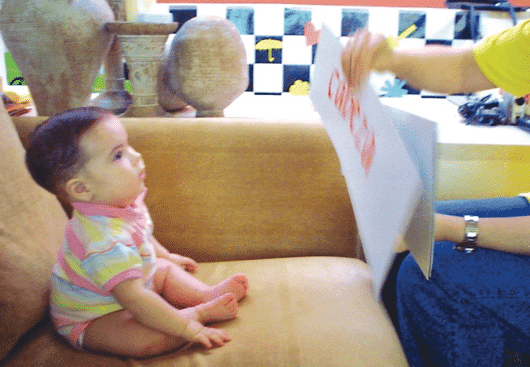
When the baby moves he must use his vision and he does. This grows the visual pathways. When the baby moves this improves digestion and elimination. Better digestion and elimination mean better health for the baby. Babies who move a lot sleep the sleep of honest fatigue. Good, regular, deep sleep is essential to wellbeing. Since function determines structure when the baby moves he develops a bigger, better, stronger body. Babies who have better vision, better health, better sleep and better bodies are more alert and intelligent. Movement is the key.
Movement decreases illnesses
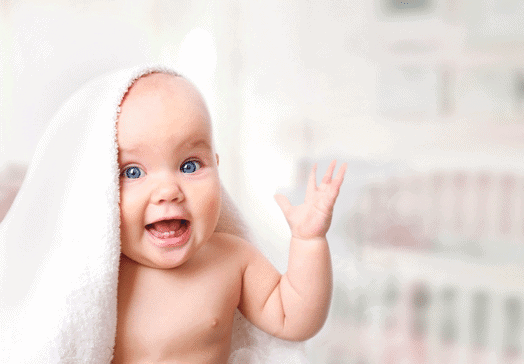
When babies move they become fit babies and they are physiologically more mature than a sedentary baby. This means their immune system is more mature and better able to protect them from illness, especially respiratory infections which can become chronic for some babies. Babies who are mobile and moving all the time are less likely to need an antibiotic in the first 12 months of life. When an antibiotic must be used it causes disruption of the good bacteria in the gut which is hard on a baby.
Movement significantly decreases the risk of the baby gaining too much weight
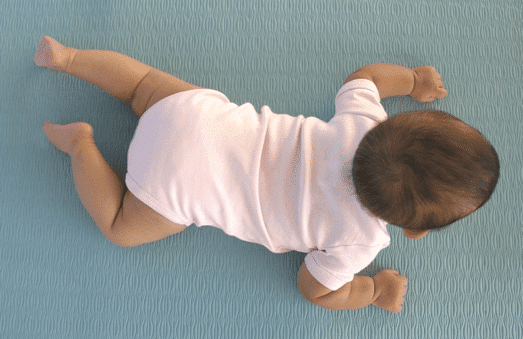
The more the baby moves each day the more he burns up all that good food we are feeding him. Mobile babies often start on solid food sooner than a sedentary baby does. Childhood obesity is a significant problem now. Obese children do not move as much as children who are not obese. Some research suggests that childhood obesity may actually go back to early development when the baby was not given enough opportunity to move.
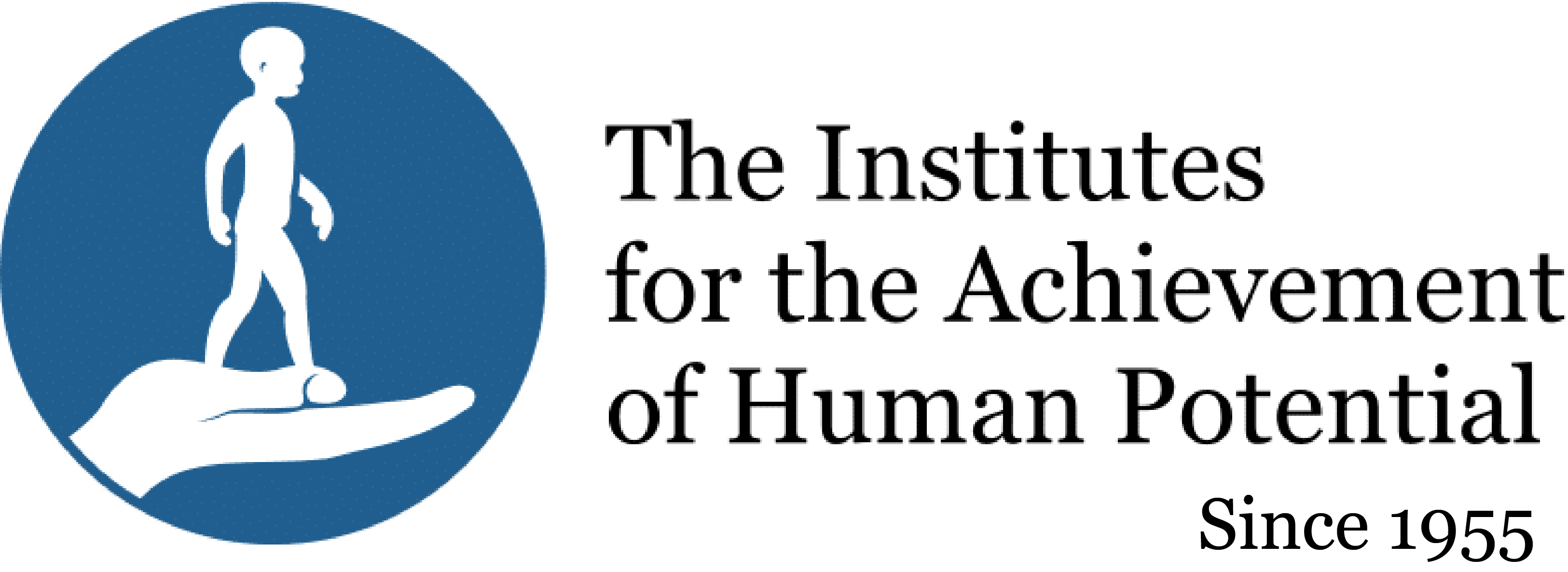
 Donate
Donate


